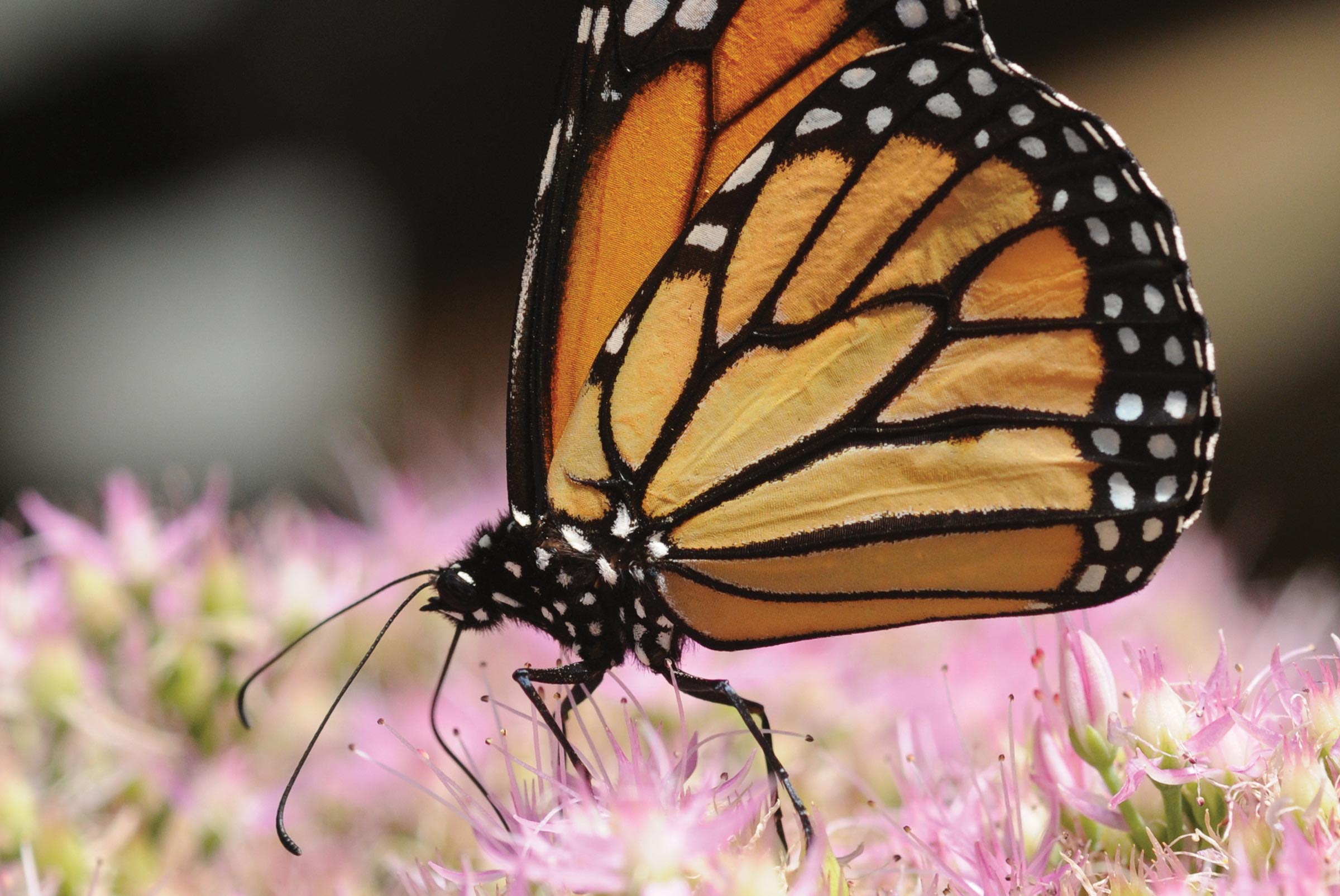Butterfly effects
DOI: 10.1063/pt.ifge.djjy
We have read Tim Palmer’s article “The real butterfly effect and maggoty apples
We recently published a relevant paper on this topic. 1 We conclude that a butterfly in Brazil cannot cause a tornado in Texas because of its tiny spatial scale and the dominant role of molecular dissipation at that scale.

THOMAS BRESSON/CC BY 2.0

The notion of a butterfly’s flap causing a tornado is distinct from that of a sensitive dependence on initial conditions affecting the solutions to the equations of motion. Our paper offers a scientific discourse that the former effect is not at all plausible for the real atmosphere. In our chaos studies, 2 we have focused on finite predictability in Edward Lorenz’s models of 1963 and 1969 3 and on three kinds of butterfly effects within those models.
We offer more comments at the online version of Palmer’s article.
References
1. R. A. Pielke Sr, B.-W. Shen, X. Zeng, Weatherwise 77(3), 14 (2024). https://doi.org/10.1080/00431672.2024.2329521
2. B-W. Shen et al., Encyclopedia 2, 1250 (2022). https://doi.org/10.3390/encyclopedia2030084
3. E. N. Lorenz, J. Atmos. Sci. 20, 130 (1963); https://doi.org/10.1175/1520-0469(1963)020<0130:DNF>2.0.CO;2
E. N. Lorenz, Tellus 21, 289 (1969). https://doi.org/10.3402/tellusa.v21i3.10086
More about the Authors
Roger A. Pielke. (pielkesr@gmail.com) University of Colorado Boulder.
Bo-Wen Shen. San Diego State University, San Diego, California.
Xubin Zeng. University of Arizona, Tucson.
